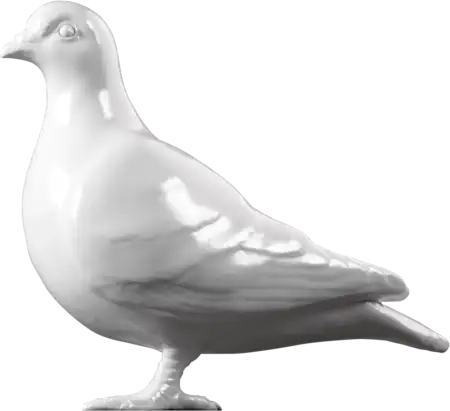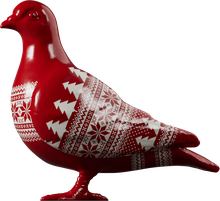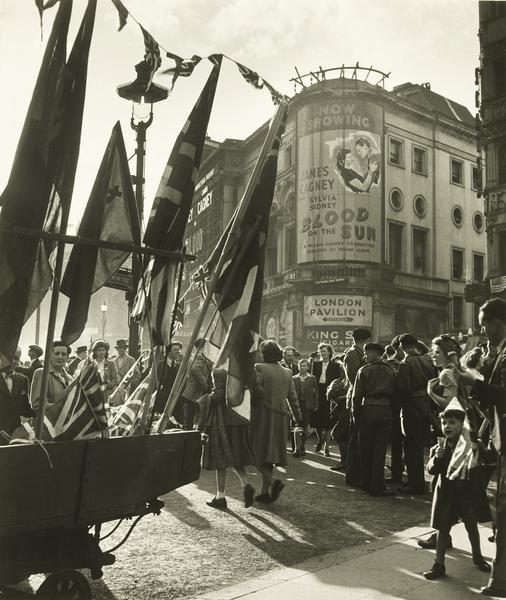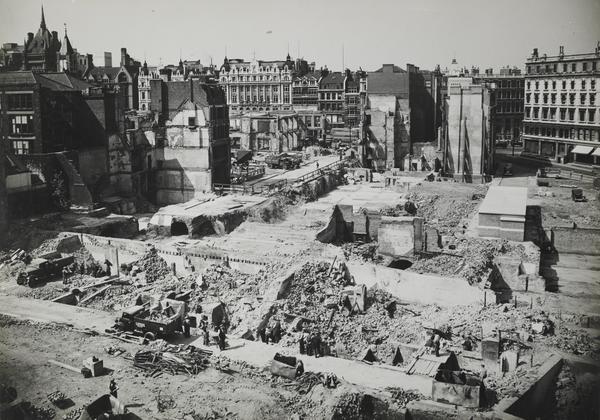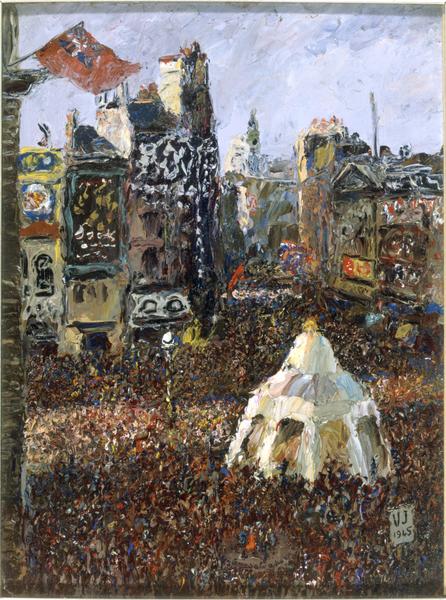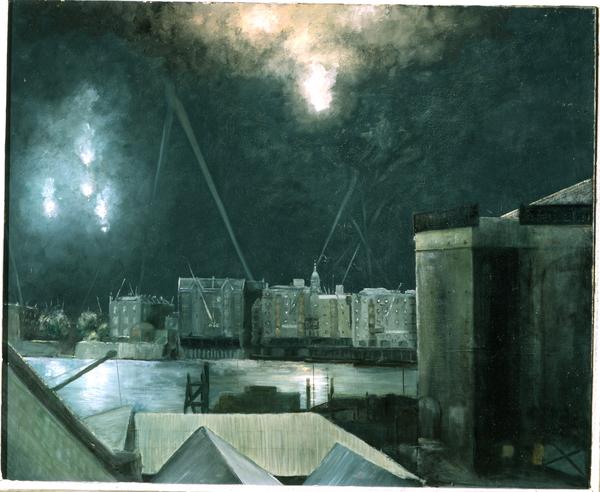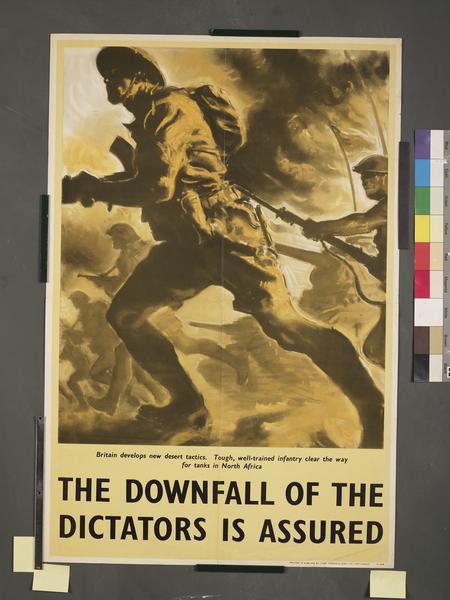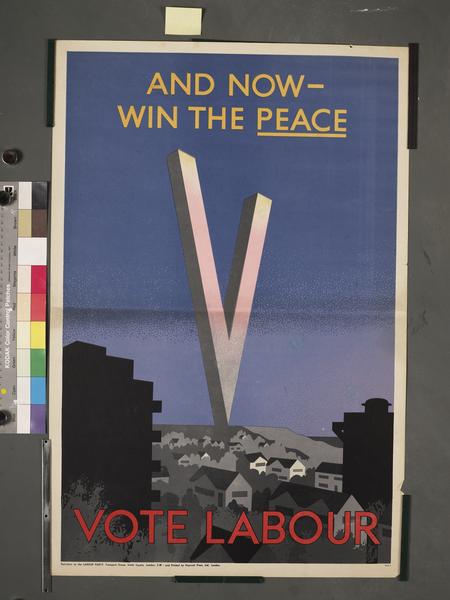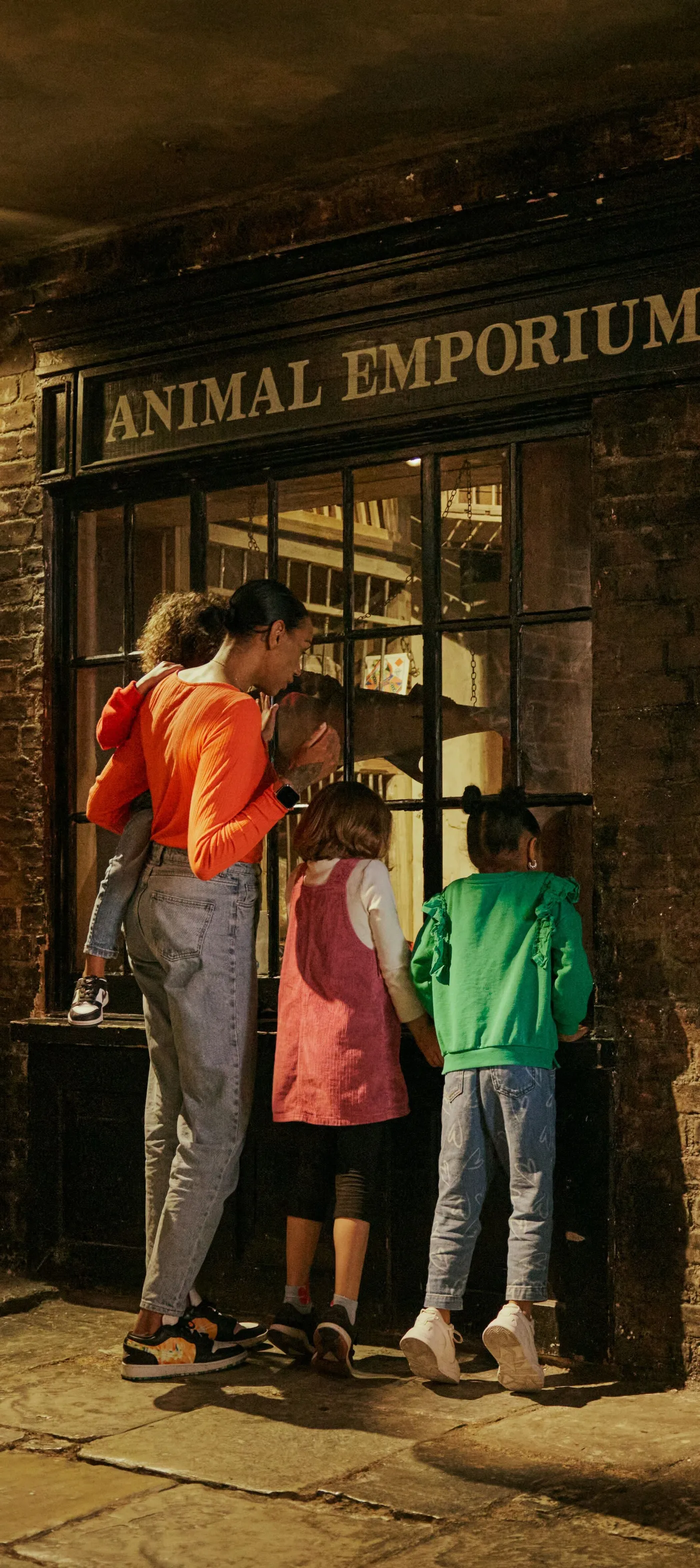How did London celebrate VE Day on 8 May 1945?
On 7 May 1945, German armed forces surrendered to the Allies. This marked the end of six years of bloody, costly fighting in Europe, and the beginning of the end of the Second World War. Britain declared 8 May a national holiday where people could celebrate victory and remember those whose lives were lost. It was called VE Day, which stands for Victory in Europe Day.
Across London
8 May 1945

Why was it called Victory in Europe Day?
VE day was meant to be called Ceasefire Day. However, the Second World War wasn’t over. Fighting was still taking place between Allied and Japanese forces in Asia and the Pacific. Prime Minister Winston Churchill suggested Victory in Europe Day to show that the war was still ongoing.

Churchill made four speeches on VE day
At 3pm, in a radio broadcast from his residence at 10 Downing Street, Churchill told the nation: “We may allow ourselves a brief period of rejoicing; but let us not forget for a moment the toils and efforts that lie ahead.” He also spoke from the balcony of the Ministry of Health building in Whitehall. “Every man, woman and child in the country had no thought of quitting the struggle,” he said. “London can take it.”

People from all over gathered on the streets
Huge crowds spontaneously gathered in pockets of central London, many of them dressed in red, white and blue. Around 50,000 people gathered in Piccadilly, and almost 100,000 outside Buckingham Palace. Across the city, Londoners also held street parties, decorating their homes with Union Jack flags and bunting bought without having to use ration coupons.

The royal family joined the VE Day celebrations
The royal family made eight appearances on the balcony at Buckingham Palace. Later that evening, King George VI spoke on a radio broadcast. Meanwhile, princesses Elizabeth and Margaret were allowed to sneak out of the palace and secretly join London’s celebrations on the nearby streets. “I think it was one of the most memorable nights of my life,” Elizabeth later remembered.

Londoners let loose
There was joy all over. People sang and danced together, joining conga lines in the streets. Strangers hugged and kissed each other. The partying went on after dark as pubs and dance halls were allowed to stay open late. Most of the pubs had been drunk dry of booze by last orders, despite the Ministry of Food assuring Churchill there’d be enough beer to supply the city.

It was also a day of remembrance
Exhaustion, grief, worry and anger were mixed into the atmosphere of the day. This wasn’t a time of celebration for many of those who’d lost friends or family, or knew someone still serving overseas. Churches including St Paul’s Cathedral held thanksgiving services where the public could go to reflect and commemorate peace in Europe.

What happened after VE Day?
British forces continued fighting in East Asia and the Pacific for three more months. Thousands of people were still being held abroad as prisoners of war. Rationing continued for everyday things like clothes until 1949, petrol until 1950 and meat until 1953. The capital was also facing a housing crisis, with many parts of the city still scarred by bombing.

When did the Second World War end?
On 6 and 8 August 1945, the United States dropped atomic bombs on the Japanese cities of Hiroshima and Nagasaki. The bombs instantly killed tens of thousands of civilians. Many more died later of radiation sickness. Japan agreed to surrender on 14 August and Britain celebrated Victory over Japan (VJ) Day the following day. The war ended on 2 September when Japan signed a surrender document on a US battleship in Tokyo Bay.
